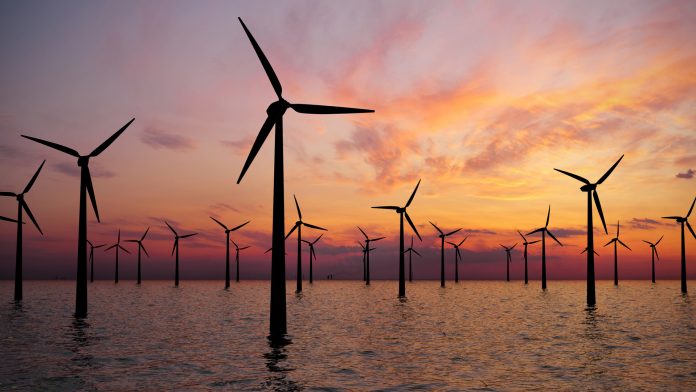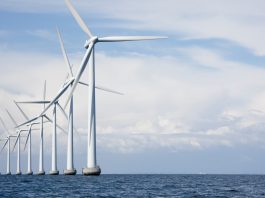Researchers have found strong airflows in the lower atmosphere, known as low-level jets, are beneficial to the performance of wind farms.
Wind turbines convert wind energy into electrical energy and play a significant role in the green energy industry. Over the years, they have been built with greater heights, increasing from about 50 metres, to the latest wind turbines that often exceed 250 metres and have 100 metre rotor blades.
Effects in the boundary layers in the lowest atmosphere, at heights between 50 and 1000 metres play a vital role. In the case of small wind turbines, the effects take place above the wind turbine, whereas, for larger and more contemporary wind turbines, the effects can take place at the level of the turbine or below it.
The low-level jets have been observed by the researchers at locations all over the world, including areas such as the North Sea, which have many wind farms.
In order to study the effects of the low-level jets on the performance of wind farms, the researchers at the University of Twente ran computer simulations on a wind farm with 40 turbines, organised in a four by ten grid.
Previous studies have indicated that the wake of each turbine impacted the next turbine in the role; this wake was found to also play a role in attracting low-level jets.
Simulations showed that when the jet flow in the direction of the wind farm, at the level of the turbines, only the first row of turbines benefited. However, in the case that the jet was above the turbines, the turbulent flow behind the turbine would cause the jet to move down, and as a result, extra energy could be harvested across the wind farm.
The greatest effects took place at jets flowing below the turbine level; the jets were pushed upward and resulted in even more energy for the turbines further downstream.
The researchers hope that these results will help to optimally design wind turbines and their positioning on wind farms.
The research, conducted by the Physics of Fluids group at the University of Twente, is part of the Computational Sciences for Energy Research programme of Dutch Research Council NWO and Shell, and is published in the Journal of Renewable and Sustainable Energy.









